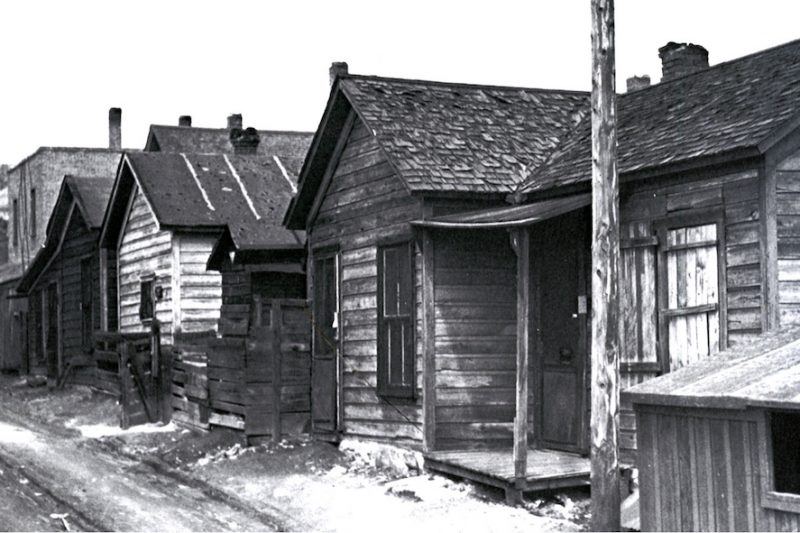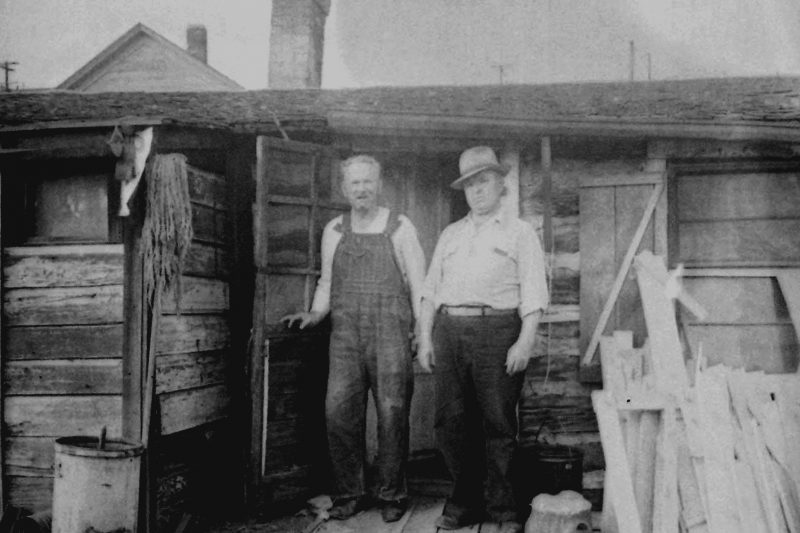The Butte Cabbage Patch, as Police Chief Jere Murphy once said, was a place where some of the worst of the worst criminals lived. “If they’re not in the Cabbage Patch, they aren’t in Butte,” he told a local newspaper in the first part of the 20th Century.

Between 1880 and 1940, the Cabbage Patch saw at least 20 murders and countless numbers of other crimes such as thefts, arsons, gang heists, and other misdeeds that helped Butte earn its reputation as one of the darkest corners in all of Montana.
Great Falls journalist and writer Jake Sorich explores this fascinating neighborhood in his debut book by digging through newspaper archives and speaking to people who lived in the Patch or had direct relatives who lived and worked there. Some of the characters mentioned include Jimmy July, the only naturalized Chinese citizen in Montana in the late 1800s; Mexicali Rose, the so-called “Queen of the Cabbage Patch”; and Pete O’Hara, the “King of the Cabbage Patch,” whose house was known by authorities as the place where there would be at least one shooting per week for a brief period in the 1920s before it eventually was torn down.
The book also details some of the Cabbage Patch’s heroes, such as standout football star Joe Tomich, who went on to have a stellar collegiate career at Oregon State University, famed boxer Dixie LaHood, and vaudeville Broadway star-turned-movie-actor Josip Elic (also known in Butte as Joseph Elich). His most notable movie role was starring as Bancini in the film “One Flew Over the Cuckoo’s Nest.”
But after 1940, the Cabbage Patch came down and was gone forever. What happened? Where did the residents go? What led to this shift in the Butte slum’s landscape?
You can find this and more, including a ton of era-specific photos, in The Cabbage Patch: Murder, Mystery, Fraud, Gangs and Ethnic Wars in Butte Montana’s Forgotten Ghetto, published by Old Butte Publishing. The book retails for $19.95, and is available online at www.buttecabbagepatch.com.

